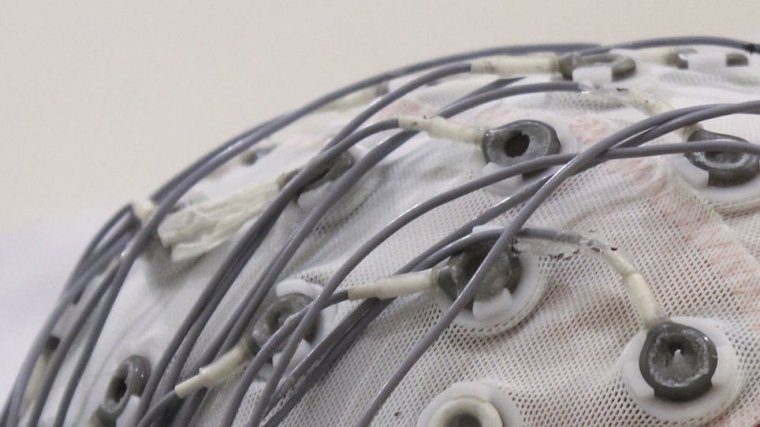| News / Science News |
Seizures disrupt memory network
NIH | MAY 7, 2016
Memory depends on a process called consolidation, in which different brain regions coordinate their activities during sleep. This process involves “ripples” of electrical activity in the hippocampus that are sometimes followed by bursts of activity in the prefrontal cortex called “spindles.” Abnormal electrical activity may disrupt normal brain activity patterns.

In people with epilepsy, abnormal bursts of electrical activity in the brain can interfere with memory.
People with temporal lobe epilepsy often experience memory impairments.
A group led by Dr. György Buzsáki at New York University took a closer look at how temporal lobe epilepsy affects the brain’s memory network.
In people with temporal lobe epilepsy, spontaneous bursts of abnormal brain activity can sometimes occur even between seizures. These are called interictal epileptiform discharges (IEDs).
Buzsáki’s group first looked at whether seizure- and IED-like activity that starts in the hippocampus impairs memory in a rat model of epilepsy. They trained the rats to find 3 hidden rewards in a maze and assessed their ability to remember the locations the following day. The rats showed memory deficits that were largely associated with the more frequently occurring IEDs rather than with the rare seizures.
The researchers found that hippocampal IEDs were followed by spindles in the prefrontal cortex. Normally, such spindles only follow hippocampal ripples during non-rapid-eye-movement (non-REM) stages of sleep.
In rats that experienced seizures, hippocampal IEDs also elicited cortical spindles during REM and an awake state. These findings suggest that seizures may alter how the prefrontal cortex responds to hippocampal activity and thus interfere with normal memory consolidation.
The group next studied brain activity in 4 patients with epilepsy. IEDs were followed by cortical spindles at time intervals similar to that seen in the rats. The results suggest that these mistimed IEDs disrupt a brain network that’s essential for memory and reveal a time window for potential intervention in the altered communication between brain regions.
Since spindles can be detected noninvasively with EEG, a test that measures brain waves, the authors suggest that these findings may also be useful for diagnosing temporal lobe epilepsy. Spindles that occur outside normal non-REM sleep (while awake or during REM) could suggest IED activity in the temporal lobe.
YOU MAY ALSO LIKE



